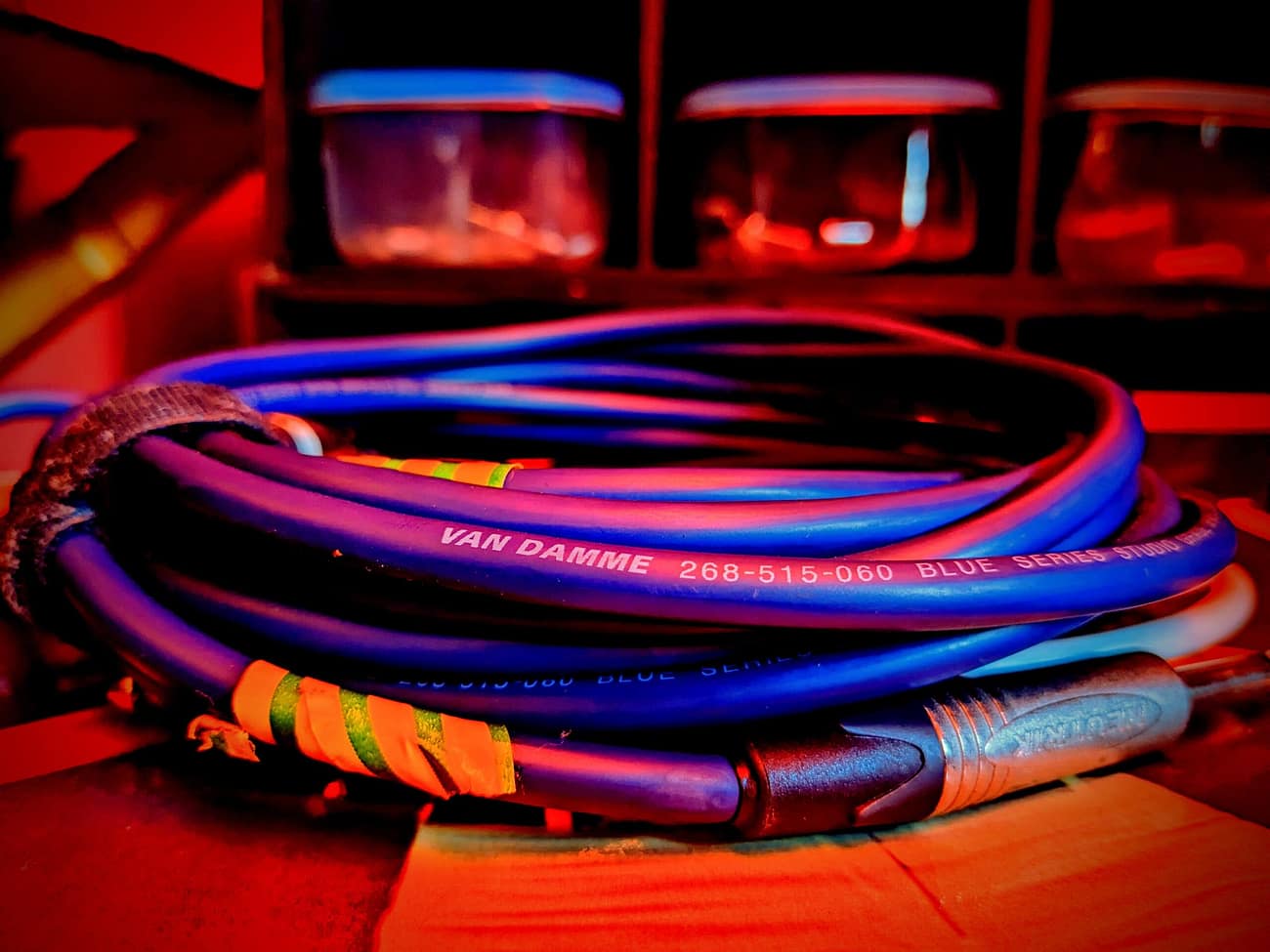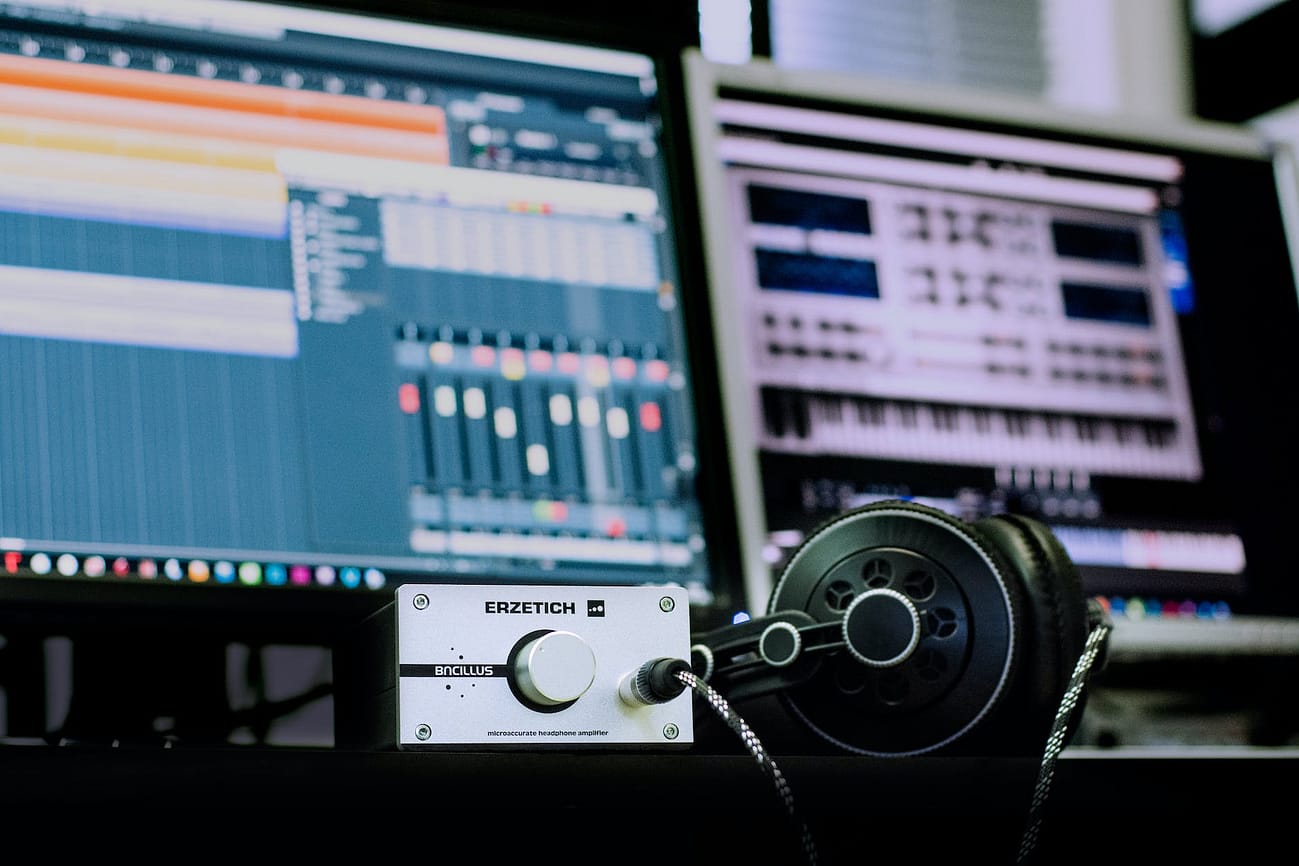
Often when bands/artists book a guitar head and/or cabs for hire they are not aware that not all cables are the same. Often we might spot instances where a guitar instrument cable had been used to connect the amp to the cab. FUCKING NO! It is a bad bad bad situation for both amp and cab. So we will always intervene (whether its our cab or not). It`s important to know the difference between normal instrument cables and speaker cables – known commonly as balanced and unbalanced cables.
Substituting an instrument cable for your speaker cable can lead to severe harm to your amplifier. While your amplifier may initially continue to function, the substantial current flowing through the instrument cable’s slender wire gauge can actually cause the cable to melt. This, in turn, has the potential to trigger a short circuit, resulting in damage to your amplifier.
Another complication arising from the use of instrument cables as speaker cables is their introduction of a capacitive component that could unsettle your amplifier. Although many amplifiers have been enhanced to tolerate the temporary use of an incorrect cable type, it’s not desirable to test your amplifier’s stability during a performance. This could lead to unpredictable outcomes in certain amplifiers, leaving them impaired and leaving you responsible for the repair expenses.
When it comes to audio cables, understanding the differences between balanced and unbalanced options can greatly enhance your audio experience. Not only do these cables differ in terms of their build and construction, but they also have distinct characteristics when it comes to sound quality.

What Are Balanced Cables and How Much Do They Cost?
Balanced cables are designed to minimize unwanted noise and interference by using two signal conductors and a separate ground. This construction allows for noise cancellation and a cleaner audio signal. Balanced cables tend to be slightly more expensive than unbalanced cables due to their more intricate design and additional components. On average, you can find good quality balanced cables ranging from £30 to £150, depending on the brand and length.

H3: Understanding Unbalanced Cables and Their Cost
Unbalanced cables, on the other hand, utilize a single signal conductor and a shared ground, making them more susceptible to noise and interference. These cables are commonly found in consumer audio devices and offer a more affordable option for everyday use. Unbalanced cables generally range from £10 to £50 for decent quality cables, again depending on factors such as length and brand.
The Build Differences: Balanced vs. Unbalanced
The build differences between balanced and unbalanced cables are quite significant. Balanced cables have three conductors: two for carrying the audio signal (positive and negative) and one for grounding. These conductors are typically wrapped in a shield to provide additional protection against interference. Unbalanced cables, on the other hand, only have two conductors—a signal conductor and a shared ground. They may or may not have a shield, depending on the quality of the cable.
H3: Sound Quality: Balanced vs. Unbalanced
When it comes to sound quality, balanced cables have the upper hand. Due to their design, they offer better noise rejection and reduced interference, resulting in a cleaner and more accurate audio signal. Balanced cables are particularly useful in professional audio setups, where minimizing noise is critical. On the other hand, unbalanced cables can still deliver satisfactory audio quality for most consumer applications, but they may be more susceptible to hums, hisses, and other unwanted noise.
Balanced and unbalanced cables serve different purposes in the world of audio. While balanced cables offer superior noise rejection and sound quality, they are pricey and plugging one into your guitar will not yield improvement in sound. Unbalanced cables, on the other hand, are more affordable and suitable for most consumer applications. But using them in the wrong situation can cause damage to your amplifier. Choose well, choose wisely!

Leave A Comment